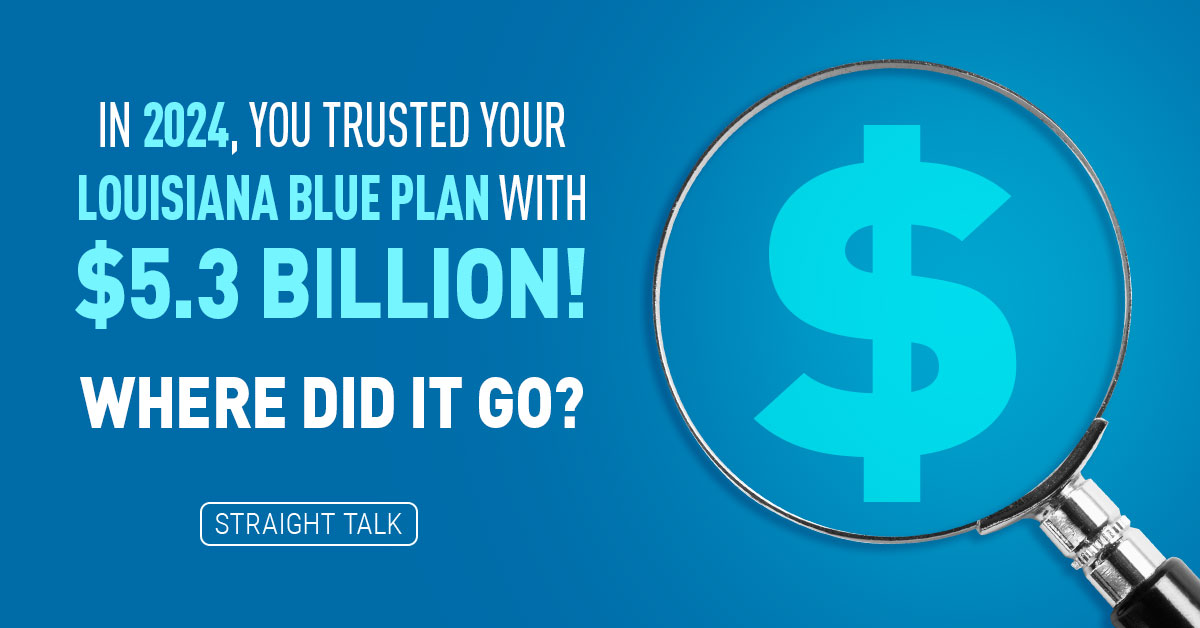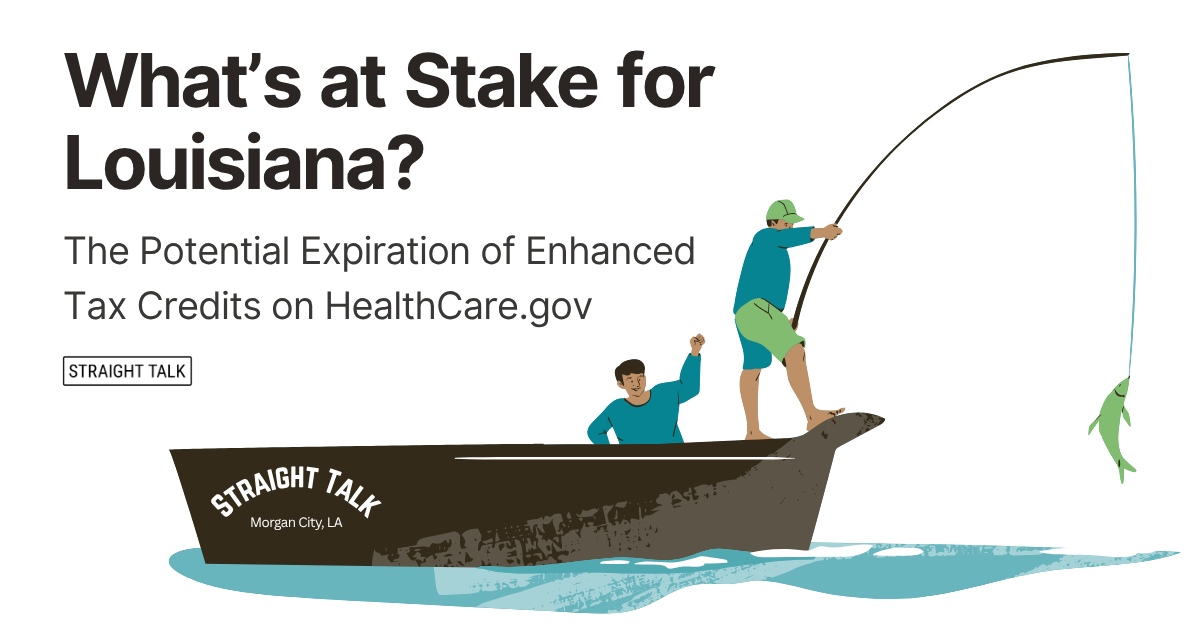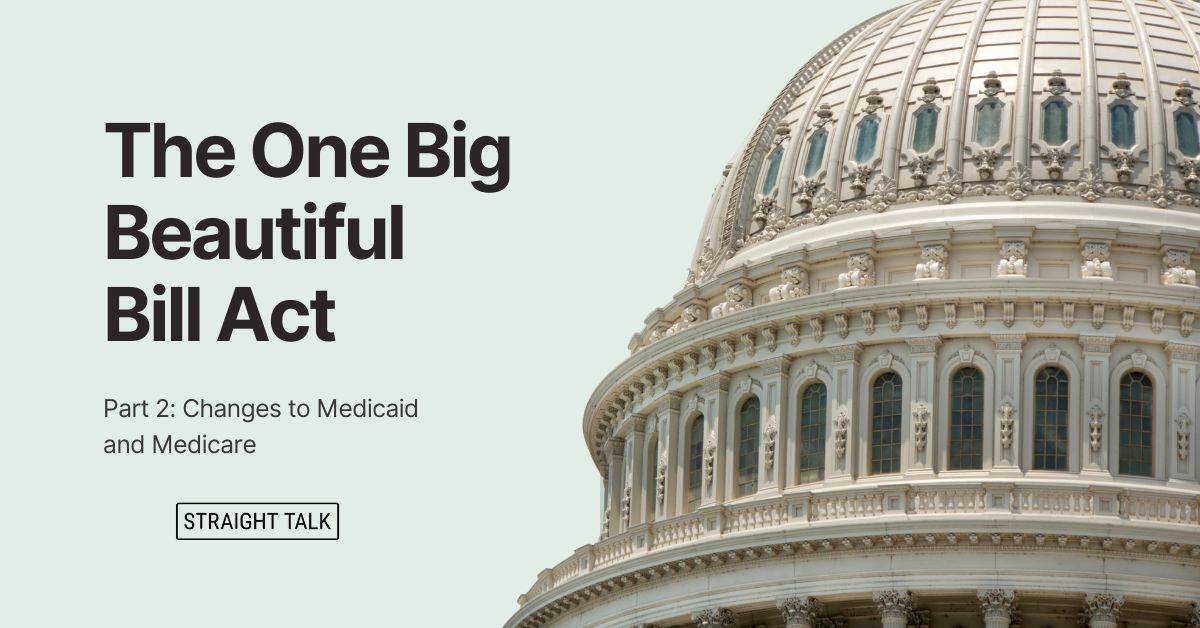You’ve got to love America. We have a long history of love/hate relationships with mood-altering substances, which we have often described as having “medicinal value” until science stops us cold. Of course, these scientific studies in medicine often never catch up to folklore, which exists everywhere in our culture in the form of things we “know” but cannot prove.
For example, if I said, “Red wine is good for you, you should drink a few glasses every day,” you’d probably nod your head and agree with me. But, the science behind that folklore is rather complex. Red wine contains a compound (resveratrol) that has a variety of positive impacts on your health, if consumed in the right quantities. But red wine is far from the best source of resveratrol, which is much more present in grapes and berries before they are fermented.
Experts who study wine say you shouldn’t drink more than one or two glasses per day, and there are a whole class of people who should never drink alcohol (like pregnant women, people younger than 21, drivers, people on certain medicines, etc.). On top of this, regular alcohol consumption increases your risk for a host of diseases, including cancer. As you can see, the folklore on the medicinal value of substances is complex.
So, what’s a health insurance company like Blue Cross and Blue Shield of Louisiana to do when members ask us to cover something called “medical marijuana?” We get similar results to red wine when we look at the science for that, too. Here’s the Straight Talk on some of the complexities with legalizing medical marijuana.
What Does the FDA Say?
Our national standards organization for drug effectiveness and safe use is the U.S. Food and Drug Administration (FDA). The FDA has several ongoing lines of research around medical marijuana, and their latest conclusions are:
The FDA has not approved marijuana as a safe and effective drug for any indication!
Doesn’t get much Straighter than that! At this point, the FDA can’t find any physical application for botanical marijuana where it is safer or more effective than other existing treatments. Throw in the legal complexities of the marijuana trade from state to state, and we’ve got a real mess on our hands.
Why Can’t We Just Legalize It?
For starters, marijuana, medical or otherwise, is still considered a Schedule 1 drug by the federal Drug Enforcement Authority (DEA), which means it is in the category of drugs with the highest potential for abuse and the creation of a psychological and/or physical dependence. To put it in perspective, opioids are considered Schedule 2 drugs; and marijuana shares the Schedule 1 category with drugs like heroin.
It’s also illegal under federal law to possess or grow marijuana, whether for medical purposes or recreational use. Although many people disagree with these classifications and think there should be stated differences for medical marijuana, Congress has not taken action to change the laws.
Confusing the issue even more, over the past few years, with the tacit (though temporary) approval of the U.S. Attorney General, 29 states have already written laws that approve of marijuana’s use for “medicinal purposes,” and eight of those 29 have legalized recreational use, too. This was facilitated because the previous administration instructed the U.S. Department of Justice not to prosecute or interfere with states’ marijuana use laws, which was the case until very recently.
The current administration’s Attorney General has yanked back this implied permission from the federal government and turned enforcement authority back to the local prosecutors, who now have permission to prosecute in all 50 states if they want to. Remember, the federal law against possession, use or sale of marijuana as a Schedule 1 Drug has never been removed; it’s still there. Legally speaking, under federal law using marijuana for medical purposes is no different from using it to get high.
And as if that wasn’t complex enough, more than 60 percent of the American public believes the recreational use of marijuana should be legal. That includes a ton of state and local legislators who want to regulate and tax marijuana (another sin tax!) and use that money for local needs like roads and schools. This puts upward pressure on the federal government to act, but that does not seem likely at this point.
With the federal laws in place, even in the states where marijuana use is legal, the businesses and growers who produce and sell marijuana cannot deposit their proceeds into any bank that uses the FDIC (only about 400 banks were willing to open accounts for marijuana businesses prior to the Attorney General’s memo). That forces most medical marijuana business to a cash-only enterprise, with billions of dollars moving back and forth in armored trucks!
What Do We Know About Using Marijuana?
In my studies, I’ve noticed some disturbing trends in the states that have legalized marijuana for recreational use. The emergence of something called Cannabinoid Hyperemesis Syndrome in regular users is particularly scary. This causes constant nausea, vomiting and abdominal pain, which are the kind of drug-use side effects that would normally come out in research done through proper channels under FDA rules. I’m sure we’ve all seen the warning lists on pharmaceutical commercials. The problem with medical marijuana is that because it’s not an FDA-approved treatment, we don’t even know what should go in the warning label. That’s scary!
On top of that, the unregulated inclusion of the active ingredient in marijuana (cannabis) in food items like candy and baked goods has also led to a rash of child poisonings. Children don’t always know the gummy bears they just ate were really medicine. When FDA-regulated pills that have potentially dangerous side effects for children go to market, they get put in hard-to-open, childproof bottles. We still have a long way to go in that direction on medical marijuana.
A mess? You bet. But that’s not all.
Why Don’t Health Plans Cover Marijuana?
As your health insurance company, we exist in a very heavily regulated world. We are effectively a federal contractor, a state contractor and subject to regulations that come from the U.S. Department of Labor, the Internal Revenue Service, federal health agencies, the state Insurance Commissioner and state and local law enforcement.
It is our job to responsibly manage around $6 billion of our members’ and employers’ money to pay for the healthcare needs of around 1.6 million people. We manage very sensitive data that is federally protected, and we even take the precaution of regularly drug/alcohol testing our own workforce. We believe our members deserve our best work and judgment in how we spend their money and secure their futures.
How on earth could we involve them in this chaos by covering marijuana, medical or otherwise, at this point?
Today, it would be inappropriate for us to use the funds those 1.6 million people trust us with to pay for a substance whose legality and effectiveness is questionable at best. So, we are not paying for any marijuana for any health benefit at this point. I think it’s pretty clear why we don’t. And, we’re not alone – the majority of major health payers around the country have taken the same stance, for the same reasons I’ve outlined here.
Of course, I personally am constantly monitoring this situation, because it is very fluid and the pressures to legalize marijuana are great and growing. The FDA and other drug companies have begun growing new strains and testing marijuana for new treatments and uses. The current science to me appears mostly anecdotal, but that doesn’t mean there isn’t some breakthrough on the horizon. If there is, and the FDA approves it, we’ll be right on top of that.
So, we will watch. And wait. And continue to evaluate marijuana.
And I was Totally Straight when I wrote this!





A few questions and comments that do not make sense to me.
1. Heroin is a derivative of opium is it not? They’re both made from the poppy. So how is heroin Schedule 1, but opioids are Schedule 2?
2. Based on these current classifications the FDA and DEA are saying that marijuana is more addictive and harmful than opioids (i.e. Oxycontin)…nope, not buying it.
3. Marijuana is a natural plant, whereas opioid pills are both natural and synthetic…mostly synthetic. Which means a synthetically made pill is not only safer, but also covered under ALL health insurance plans?
4. The statistics/numbers from state that allow medicinal marijuana are excellent. Both in revenue, jobs reports and patient reporting. I personally know a few cancer patients who’ve lauded the benefits of medicinal marijuana over any other painkillers that did nothing for them.
Your thoughts…
From: Michael Bertaut, Healthcare Economist
To: Mick! Thanks so much for your comments and questions! I’ll try to take them in order
1.) I’m not a pharmacist, or a chemist, but I believe your assumptions are correct. The “scheduling” of drugs is done by the Federal Food and Drug Administration based on their research and in cooperation with Law Enforcement. As of today, heroin and marijuana are both “Schedule 1” meaning there is no federally-recognized legitimate medical application they have been approved for AND they are highly addictive in the eyes of the Federal government. I believe opiods are schedule 2 because the federal government has acknowledged they have plenty of legitimate and legal medical applications. Remember, the Federal Government controls this process, not the states or local authorities. And certainly, we must abide by federal law.
2) Lots of people agree with you, but we have received no change in federal law at this time.
3) It’s not the degree of “natural-ness” that determines whether drugs are safe, effective, or legal. I think we would agree that hemlock is entirely natural but very dangerous. Likewise mercury and lead, all very natural, but dangerous to humans. So the “natural-o-path” argument is not entirely relevant here, IMHO.
4) While we are seeing enhanced tax collections in states that have chosen to legalize “medical” and “recreational” marijuana, there are other statistics that are still significant causes for concern, like child poisonings, the emergence of Cannabinoid Hyperemesis Syndrome, and significant changes in traffic statistics that cause us pause at this point. As I mentioned in the article, we are closely monitoring the science and federal law to watch for changes. I’m sure this debate is not over, but I wanted to catch everyone up in Louisiana about what we are doing and why.
This type of Transparency is key for me, our 1.1m members deserve no less.
Finally, it helps to remember we are a FEDERAL contractor because we sell insurance to both government employees, people receiving federal tax credits on http://www.healthcare.gov, and people on Medicare. We cannot in any way, shape or form ignore federal law, and it would be inappropriate for us to do so. Covering “medical” marijuana would put us in that position. And of course, we are not in any position to buy any product for any member by paying cash for it, which is often required since the banking system has resisted opening accounts for marijuana dispensaries in many states.
Great points! Thanks for the chance to comment upon them!
mrb
I believe Louisiana legislated many years ago that marijuana can be used for medicinal purposes but until recently had not made it legal to grow or sell it. I recently was told LSU may have gotten a contract to produce limited quantities for research and possibly for prescriptions at some point in the future. Have you any information about how Louisiana has approached this evolving issue?
Jason!
I recently read this report about LSU’s efforts in growing Marijuana. I hope it helps answer your questions:
http://www.theadvocate.com/baton_rouge/news/business/article_66d24d32-9c76-11e7-b03f-17f48901dcde.html
thanks…mrb
Your article is nonsense. You did not even site the research that would truly bolster your case. it seems to be written from the POV of someone who doesn’t want to pay for marijuana claims.
sighting the government as your source is like asking a Haliburton executive if we should go to war. marijuana is not really addictive at all unless you count all things that you like regularly in your life to be addiction forming.
there are no drugs that do some of the things that medical marijuana can do to alleviate misery and malnutrition. but like my Dad said, “some people you just don’t bother toargue with.”
‘
John!
Thanks so much for your comments. Sorry you didn’t find the article persuasive as to the value of “medical” marijuana. What I really wanted to convey was that due to the muddled legal situation with recreational and “medical” medical marijuana and our status a federal and state contractor, we’re not allowed to break any law, federal or state.
So until the Fed changes its mind about the legality and efficacy of botanical marijuana, we have no path forward to cover it.
Thanks again for reading, and please stay on board with Straight Talk!
mrb
Some new research has been issued (and is ongoing) on the effect of marijuana use on children while still in the womb if their mother uses while she is pregnant.
Here’s the money quote:
“Researchers say psychoactive compounds in marijuana easily cross the placenta, exposing the fetus to perhaps 10 percent of the THC — tetrahydrocannabinol — that the mother receives, and higher concentrations if the mom uses pot repeatedly.
Dr. Dana Gossett, a research obstetrician and gynecologist at the University of California-San Francisco who also treats patients, said studies have shown marijuana increases the risk of stillbirth or adversely affects how a baby’s brain develops.
Gossett cited some research that suggests children exposed to marijuana while growing in the womb can have poorer performance on visual-motor coordination — tasks like catching a ball or solving visual problems like puzzles.
And studies also show, she said, these kids may have behavioral problems at higher rates than other children by age 14, and are at greater risk for initiating marijuana use.”
Link to the article here: https://californiahealthline.org/news/as-marijuana-laws-relax-doctors-say-pregnant-women-shouldnt-partake/?utm_campaign=CHL:%20Daily%20Edition&utm_source=hs_email&utm_medium=email&utm_content=60314010&_hsenc=p2ANqtz-_9bJC_jHtsdQ1DBy8U1ivmouZV0RSbPrDUkffgHavOiRqgawW2wSXzsnkqUR1Zbl_erHHmNY9kMpVLobkY8VDHLKBgTThTapgeJAEHOksTKS6ooYU&_hsmi=60314010
More follow up research as science on “medical” marijuana becomes more solid. This latest study compared the impact of second-hand marijuana smoke to second-hand tobacco smoke. Inhaling someone else’s tobacco smoke creates a constriction of the arteries that can stress your internal organs, especially the heart over time. The effect lasts about 30 minutes after tobacco smoke, but after repeated exposure, the arteries stay constricted longer and longer.
The bad news? Exposure to marijuana smoke has this same effect, only it lasts 90 minutes at initial exposure and moves to the detrimental effects even more quickly.
Here’s the article: https://khn.org/news/are-there-risks-from-secondhand-marijuana-smoke-early-science-says-yes/?utm_campaign=KHN%3A%20Daily%20Health%20Policy%20Report&utm_source=hs_email&utm_medium=email&utm_content=61522553&_hsenc=p2ANqtz-_jWABHOPSdmUsasuC4xsNcdsv3Bch6pIp6ywCEmfEwK0VZ7HFf0S5sl3zjdpVRCXjtn-9sPcgozrPBrIBigF-AZsurtUZP5Dxh5SSiOjcCXMQYoeU&_hsmi=61522553
Promised I’d keep you guys up to date on “Medical” marijuana research as we moved forward. Attached is a very interesting article about the FDA, they seem ready to move on approving a marijuana based drug for the treatment of some very rare forms of epilepsy. Once the FDA actually approves drugs and treatment, and safe manufacturing begins, then carriers can start having a conversation about covering marijuana-based products. But not before:
http://www.wafb.com/story/37974136/marijuana-based-drug-gets-positive-review-from-us-agency